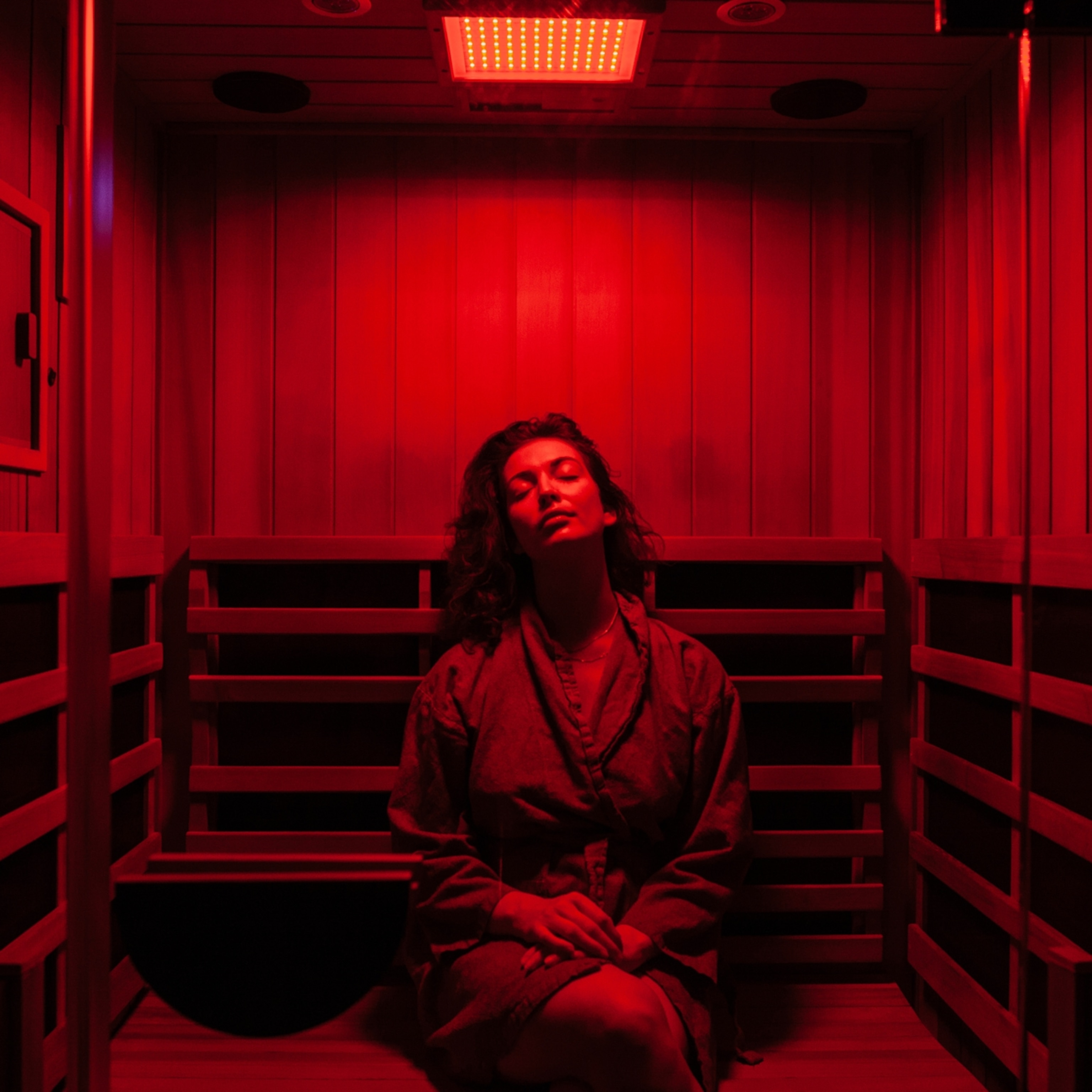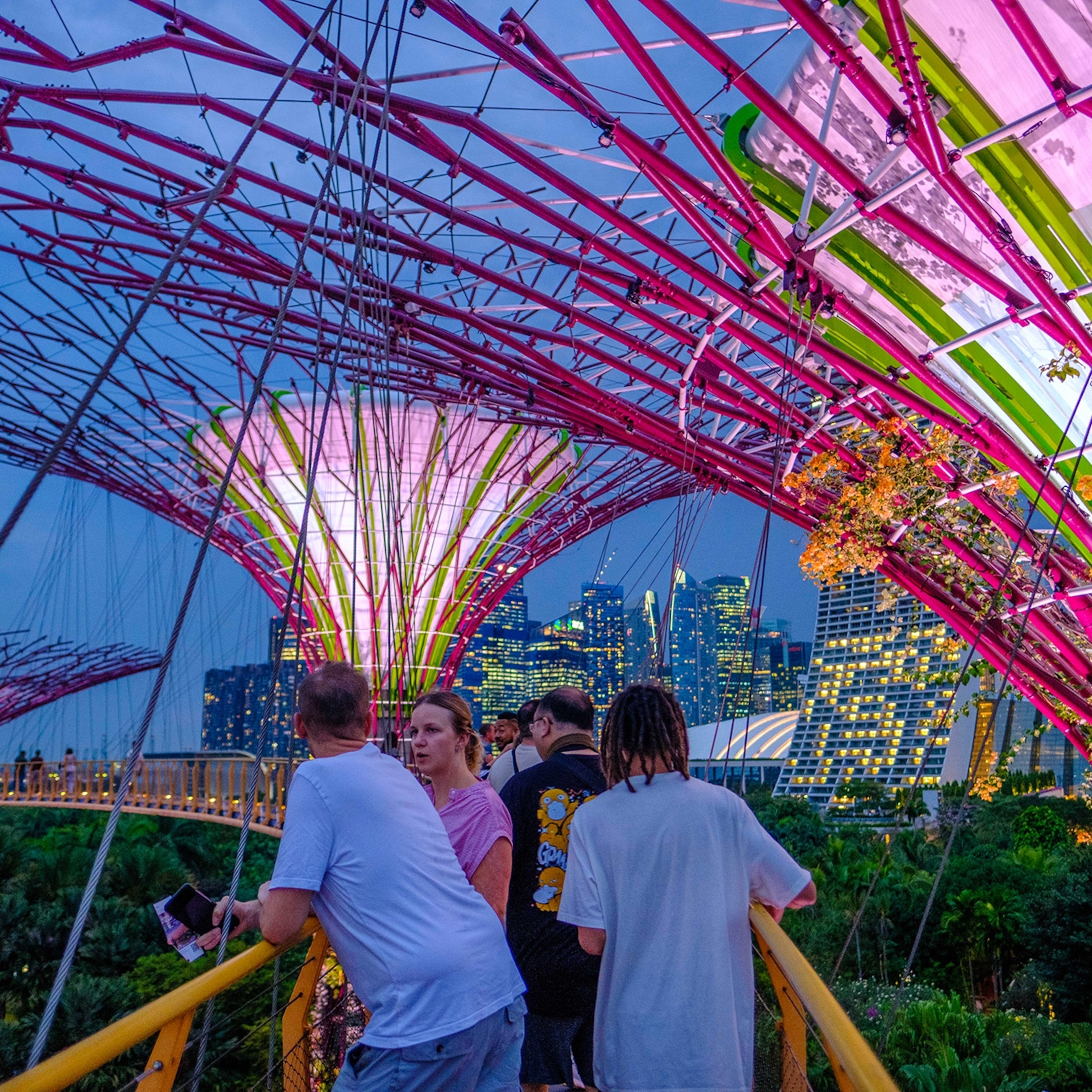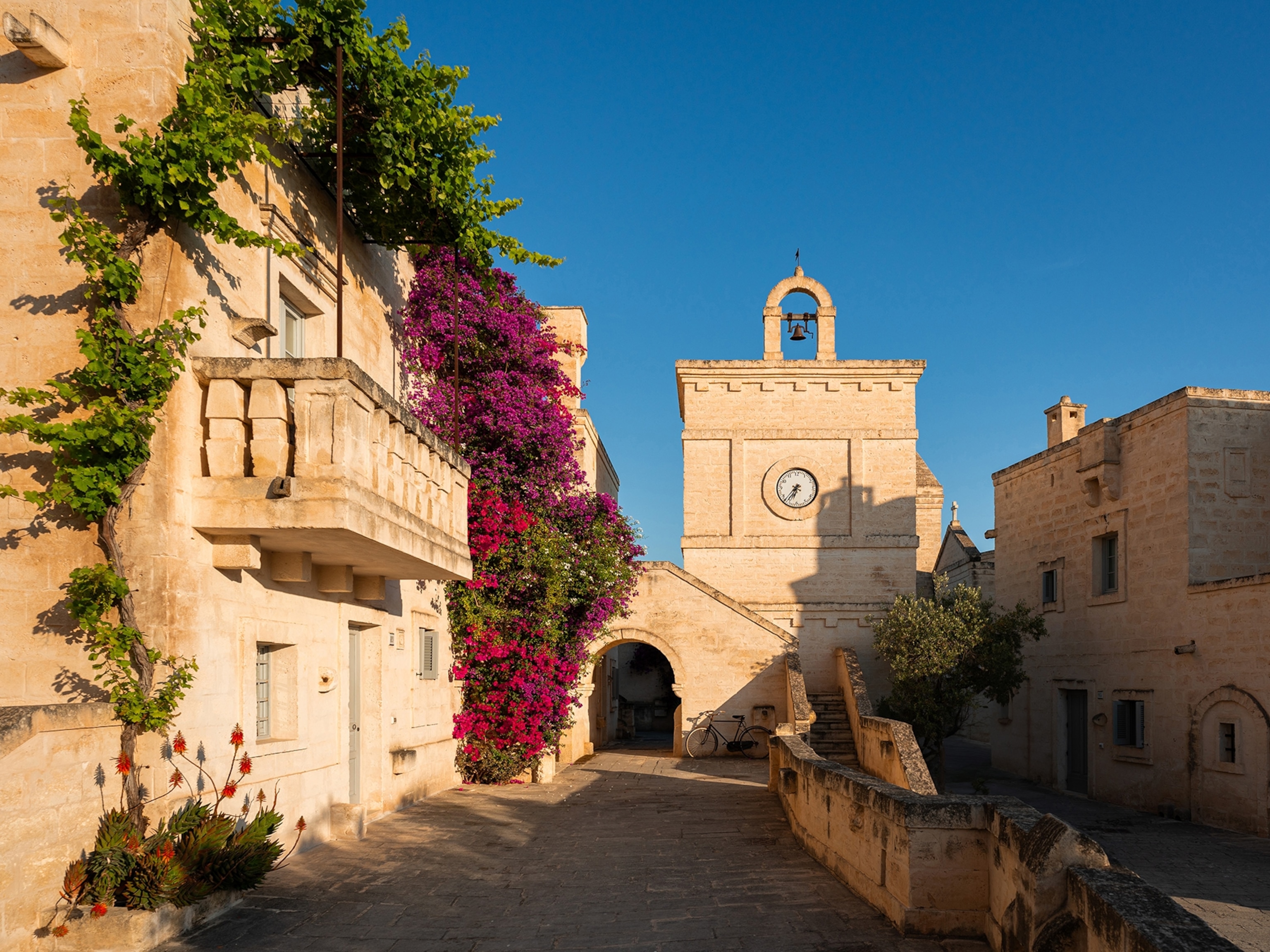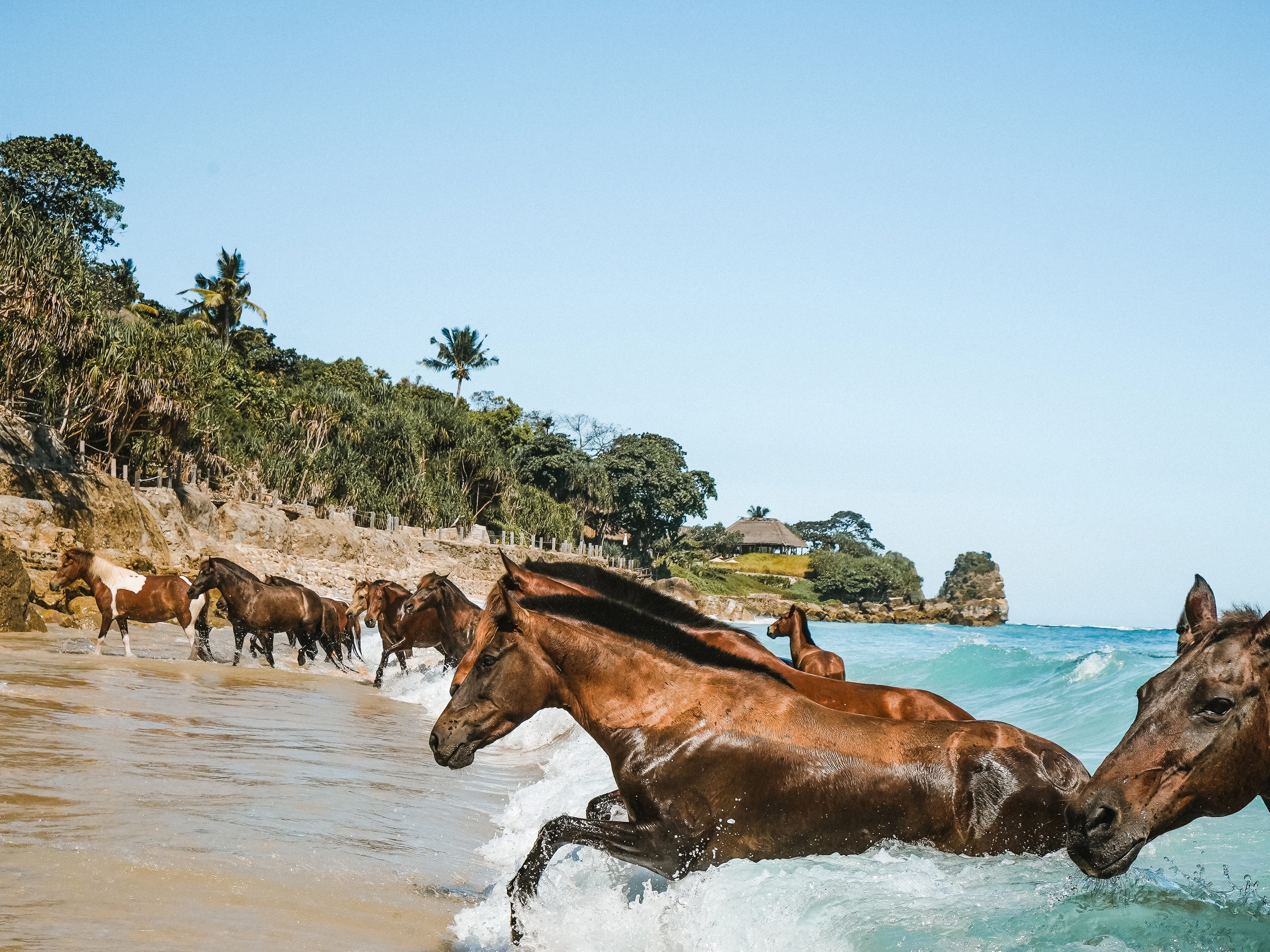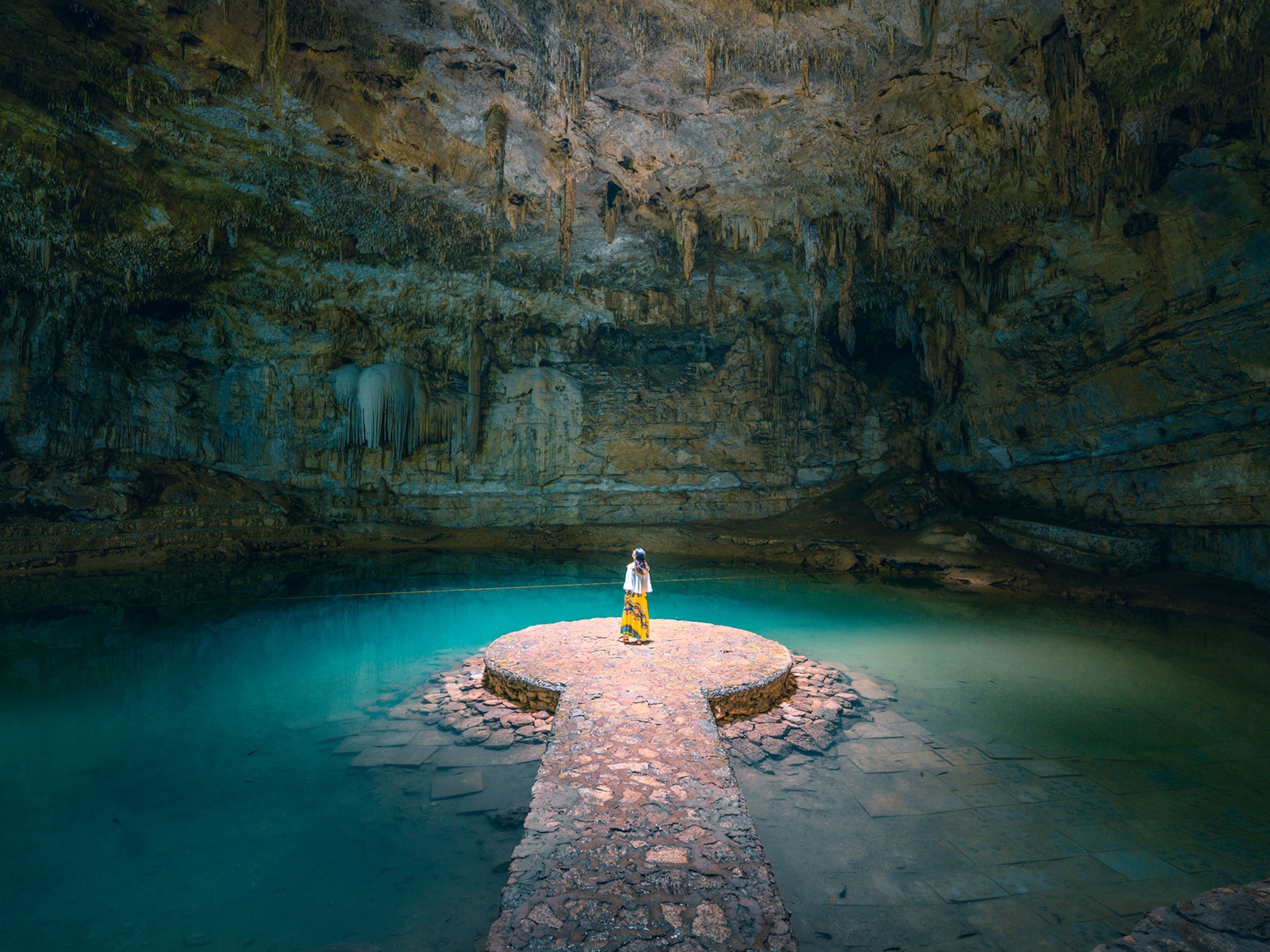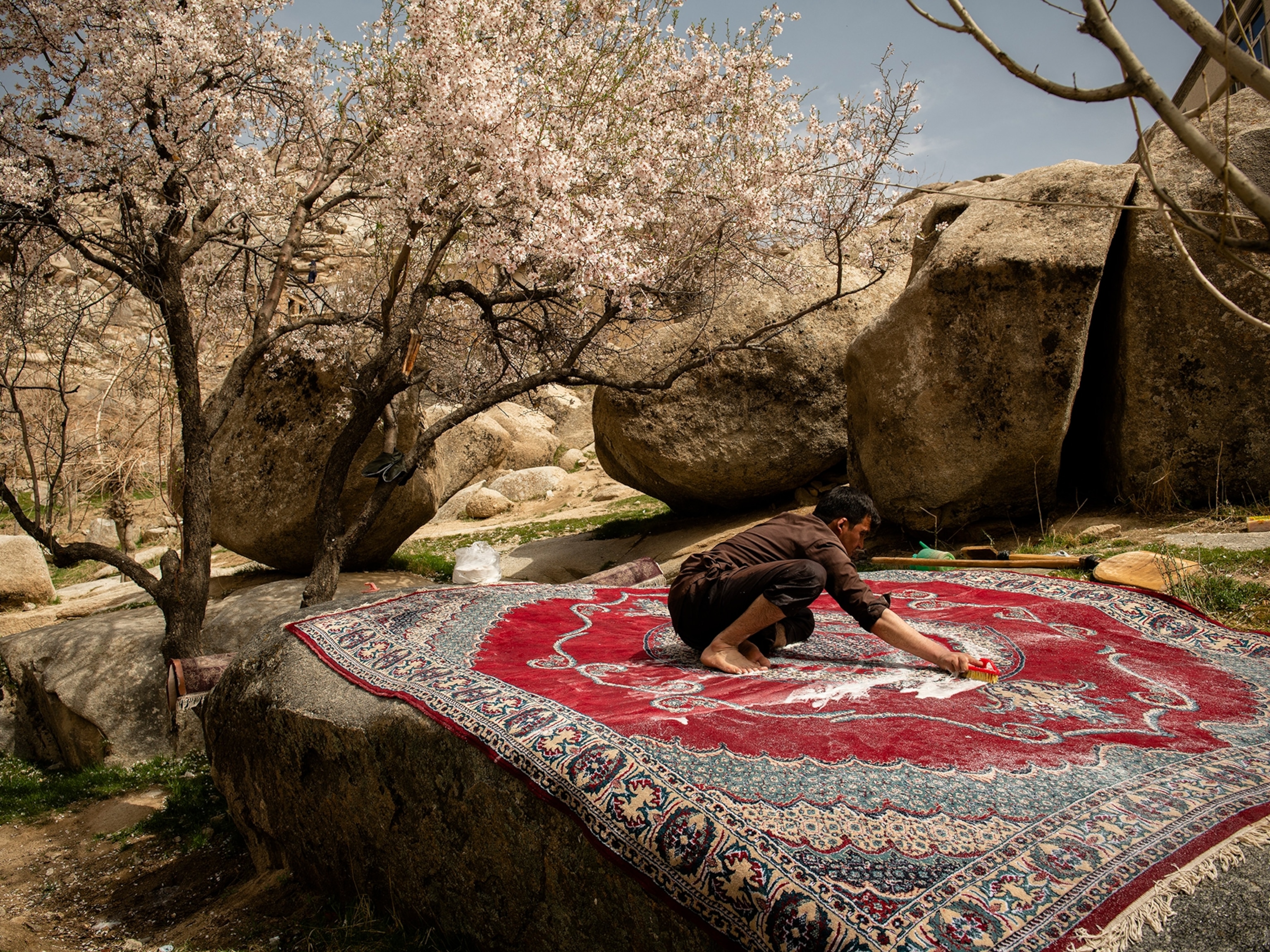UNESCO recognizes more than just historical sites—here are 5 protected health customs
An Indonesian elixir is the latest ancient wellness tradition to be acknowledged for its distinct contribution to heritage.
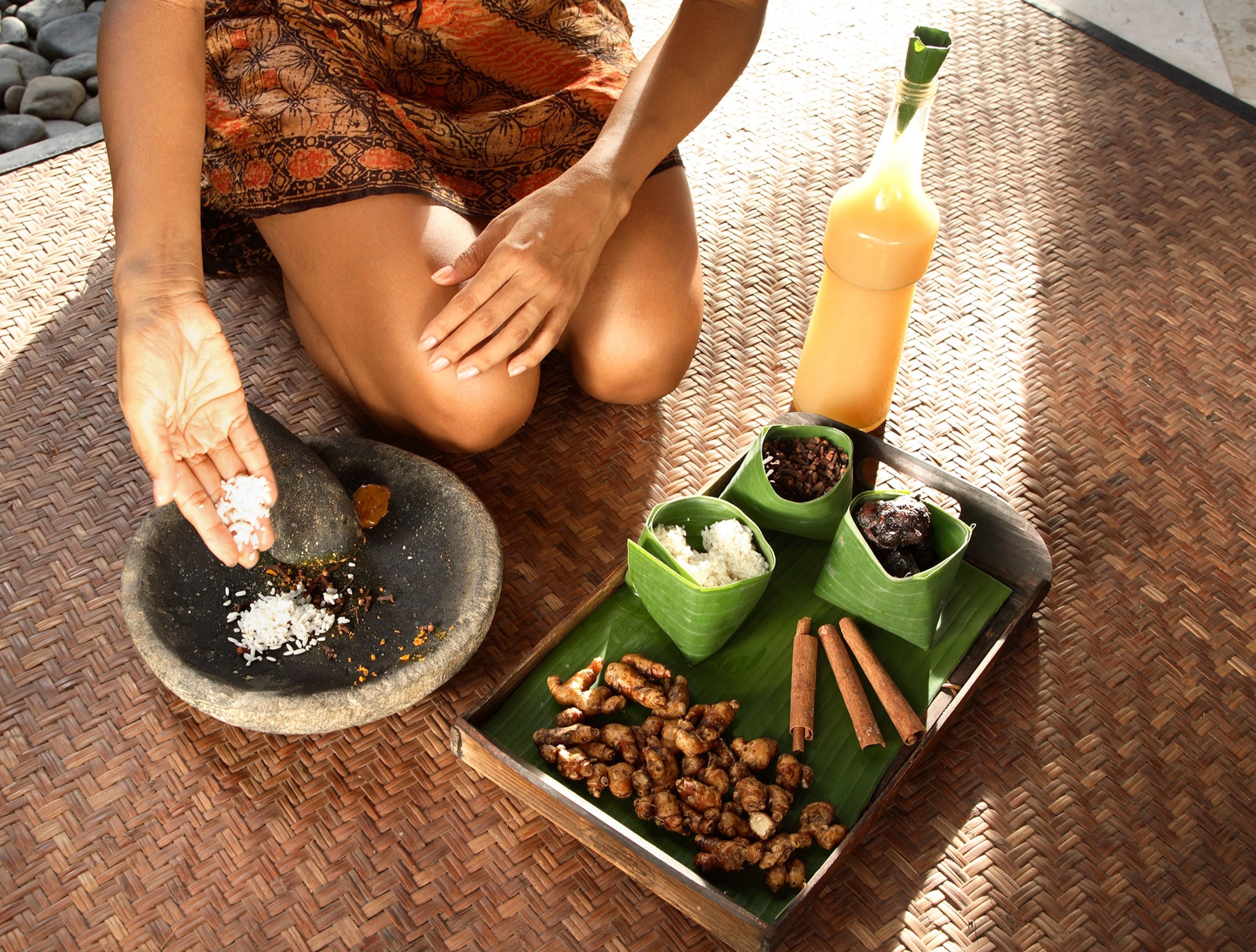
UNESCO famously protects crucial architecture, nature, and artforms around the world, but lesser known is that it also recognizes historic health practices. Indonesia’s jamu—a medicinal drink—is the latest wellness custom to be named to UNESCO’s Intangible Cultural Heritage list, which safeguards distinctive rituals, festivals, languages, and music.
From Indonesia to Finland, here are five places where travelers can find UNESCO-listed experiences that combine tradition and health.
Jamu in Indonesia
Carved into Indonesia’s biggest temple are 1,200-year-old stone images of an elixir now popular with tourists. The bas reliefs at the Borobudur temple compound on the island of Java depict jamu—a blend of ingredients that can include ginger, lime, turmeric, and tamarind—being offered to a sick man to promote healing.
On the island of Bali, many cafés and street stalls sell jamu, which aims to treat illness by balancing the body’s temperature. Cold jamu is offered to people with a fever, while heated versions help patients suffering chills. It is drunk by Indonesians of all ages, and primarily made by women, many of whom use herbs and spices they cultivate themselves.
Jamu recipes vary by Indonesian region, and its makers often customize each dose to the age and health of its drinker. Some blend it only for friends and relatives. Others sell the beverage at shops and markets, or run jamu classes for tourists. AYANA Bali Resort offers two-hour workshops, led by veteran jamu makers, during which participants learn the history of this custom, pick herbal ingredients at an on-site farm, and then boil an organic remedy.
(Bali’s mask tradition offers a connection to the gods.)
Yoga in India
Whether on Himalayan mountainsides, palm-spiked beaches, or temple floors, tourists to India have long twisted their bodies in pursuit of enlightenment, physical recovery, emotional repair, or other personal intentions. Each is lured by the 5,000-year-old promise of yoga.
Founded in northern India, yoga is at once physical, spiritual, and philosophical. Practitioners engage in a sequence of bodily poses, which can range from simple to challenging. They may simultaneously meditate, chant, or practice breath control, in an effort to achieve mental tranquility.
UNESCO cited yoga for being practiced in India “by the young and old without discriminating against gender, class, or religion.” Tourists to India, meanwhile, can delve as deeply as they wish into this custom, from singular classes at five-star resorts, like Shimla’s Wildflower Hall, to immersive retreats at Himalayan Iyengar Yoga Centre in Dharamkot. Many foreigners also earn yoga instructor certification, at schools such as the hundred-year-old Kaivalyadhama, near Mumbai.
(Why our fast-paced society loves yoga.)
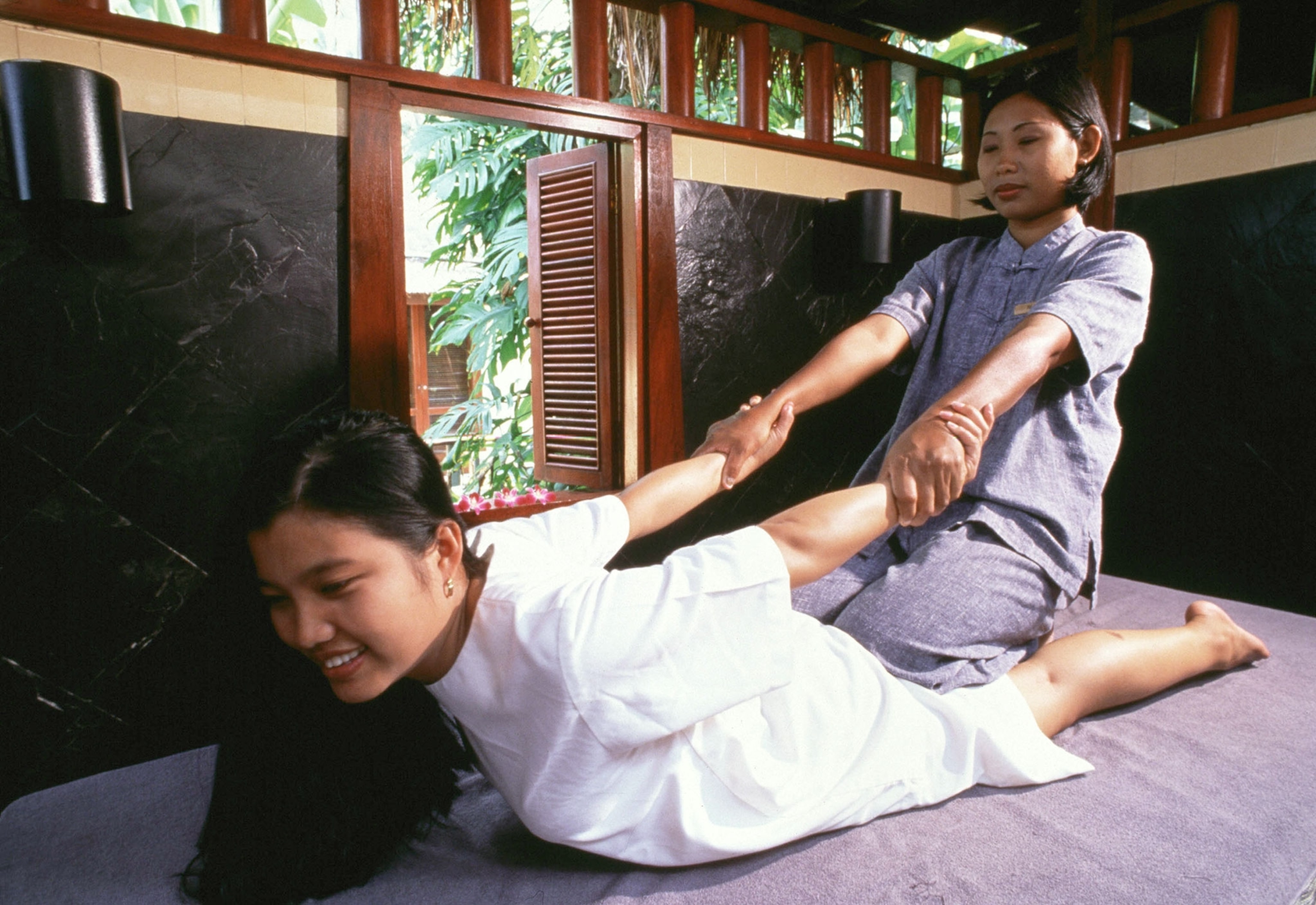
Massage in Thailand
Thailand’s tourist districts are so laden with massage parlors that foreigners might perceive this physical therapy as solely a money-making venture. In fact, Nuad Thai massage is a 2,500-year-old pillar of this nation’s culture, practiced in many homes and proudly viewed as a fusion of art and science.
Nuad Thai masseurs use their hands, feet, knees, and elbows to skillfully knead, bend, stretch, and squeeze patients. Their aim is to treat health conditions by unblocking the body’s 72,000 sen, or energy pathways. In Thai Buddhist belief, clearing these routes restores harmony between a person’s internal elements of water, air, fire, and earth.
Travelers can have their bodies manipulated at hundreds of Nuad Thai parlors from Phuket to Chiang Mai. Or they can learn this skill by attending facilities like Bangkok’s Nuad Thai Massage School.
Acupuncture in China
The practice of deliberately pricking human skin began in China almost 5,000 years ago, rooted in Chinese philosophy. Acupuncture, as it’s now known, is a method for balancing energies within the human body, specifically the dark force of yin and the light of yang.
Similar to Nuad Thai, acupuncture seeks to improve mental and physical health by clearing blockages in the life force. This energy, known as qi, supposedly courses along 12 paths within us, each linked to a key organ or bodily function. Acupuncturists typically insert five to 20 small needles into strategic points on their patient’s skin. In doing so, they treat everything from migraines to nausea, muscle pain, respiratory disorders, and menstrual cramps.
Some studies have also shown acupuncture can release endorphins, the “feel-good hormones.” Tourists to China can try acupuncture in Shanghai at the two branches of Body & Soul Medical Clinic.
(Savoring China’s divine drink at its source.)
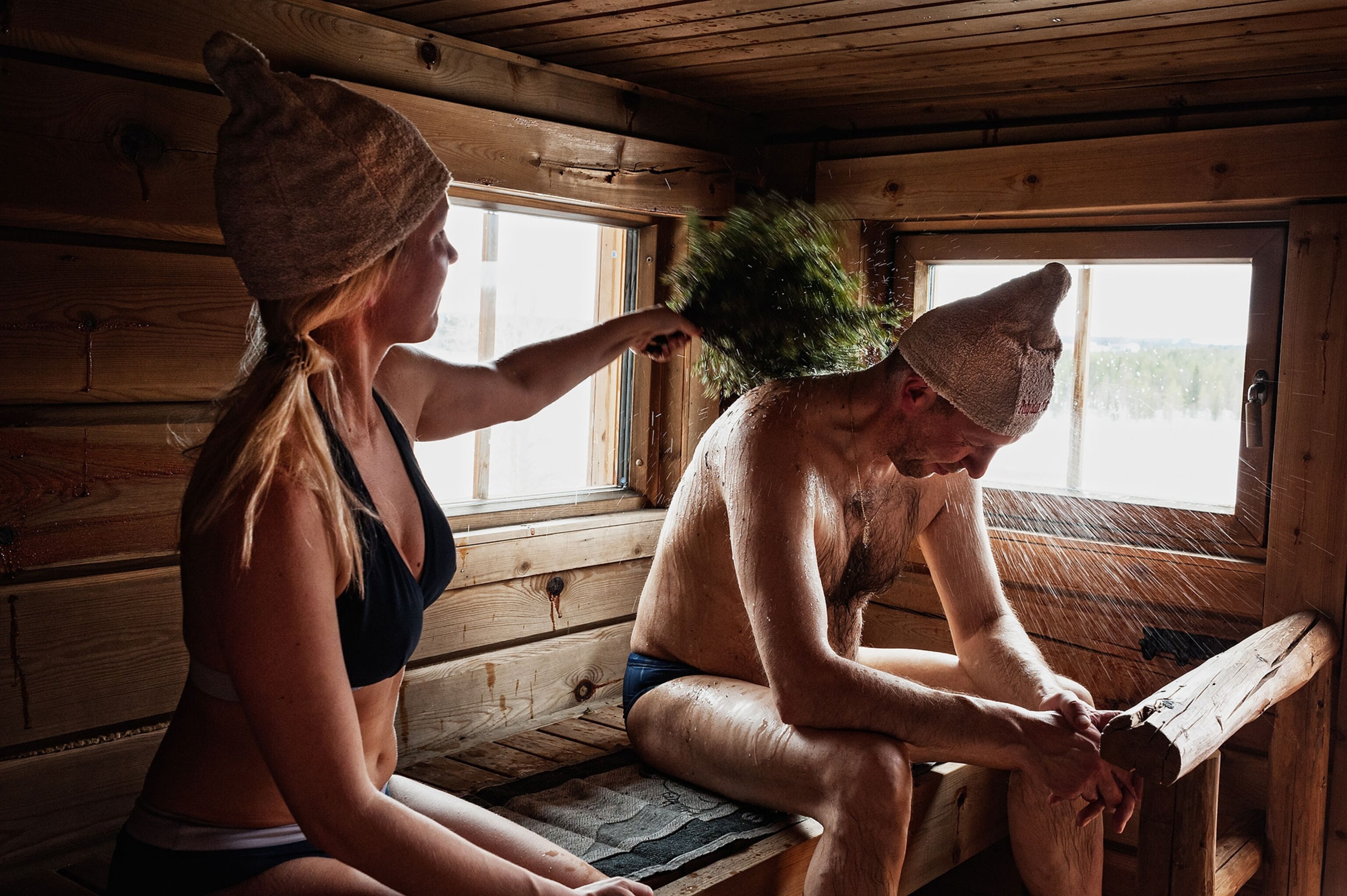
Sauna in Finland
Even 10,000 years after embracing the sauna, Finland remains infatuated with it. Remarkably, there’s about 3.3 million of these steam-filled spaces in this Scandinavian nation of only 5.5 million people. To Finnish people, 90 percent of whom use a sauna at least once a week, this sweaty activity doesn’t just purge toxins and stress.
It can also be a social outing and a chance to commune with nature. Families and friends often meet for a conversation-rich session at a sauna, some of which are set in picturesque locations—perched by a lake, amid forest, or on a mountainside.
Tourists can experience this Finnish custom at places including Löyly in Helsinki, Arctic Sauna World in the Sápmi (Lapland) region, and Hawk Nest Sauna in Nuuksio National Park.
